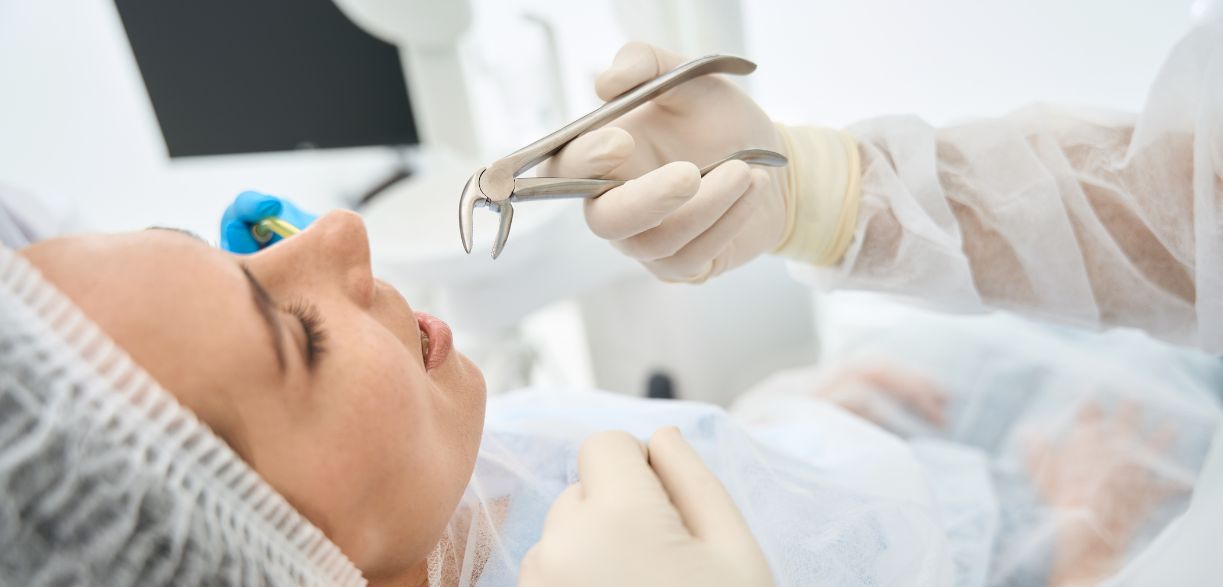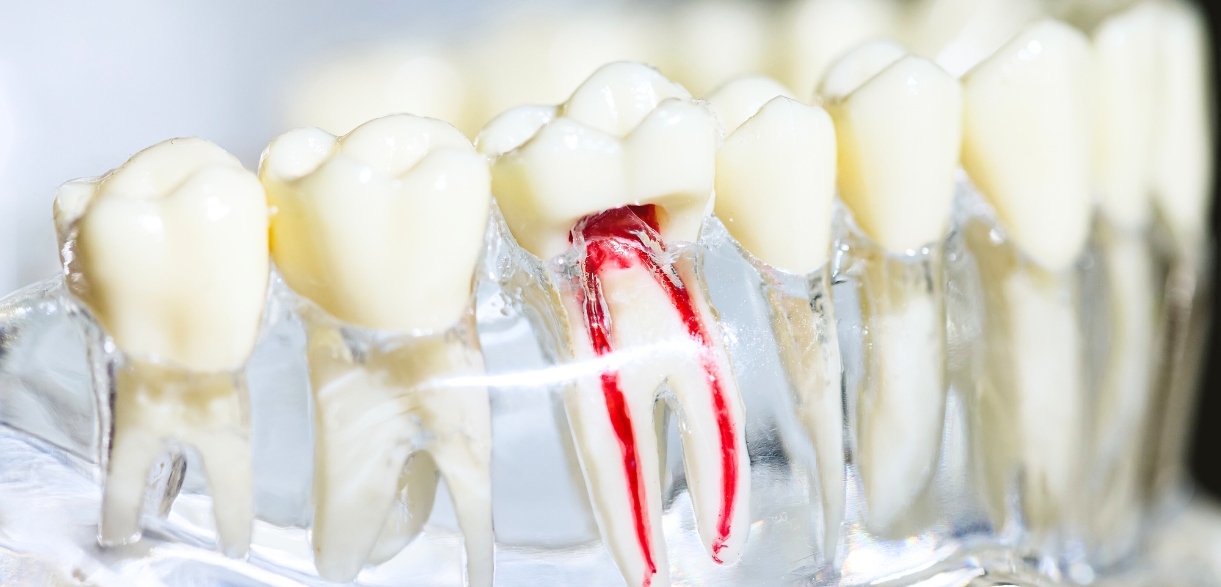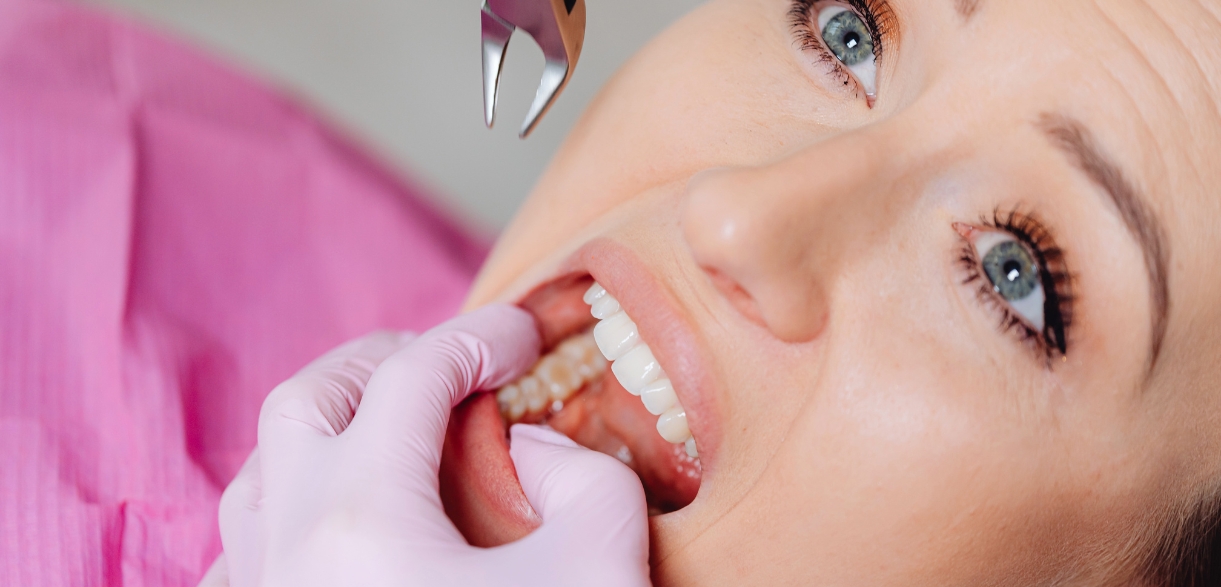
How Many Days Should You Take Rest After Tooth Extraction?
Tooth extraction is a routine dental process that involves the removal of a tooth from its position in the jawbone. Whether due to severe decay, infection, or orthodontic needs, this procedure is relatively routine but requires careful aftercare to ensure proper healing. Knowing how long to rest after an extraction is essential for a quick and trouble-free healing process.
This comprehensive guide will provide you with detailed insights into the recommended rest periods and additional tips for optimal recovery.
Immediate Rest Period
The initial 24 hours following a tooth extraction are critical for ensuring proper healing. Here’s a closer look at why this period is so important:
- Blood Clot Formation: Following tooth extraction, a thrombus forms within the tooth socket. This clot is essential as it covers the wound, protects the bone and nerve endings, and promotes healing. Resting during this time helps keep the clot undisturbed and reduces the risk of complications like dry socket, a painful condition where the clot dislodges prematurely.
- Avoid Complications: Physical activity, especially vigorous or strenuous activities, can increase bleeding and dislodge the clot. Therefore, resting helps minimize these risks. Avoiding activities like bending over, lifting heavy objects, or engaging in intense exercise is advisable.
- Pain and Swelling Management: Pain and swelling are common after an extraction. Resting in a semi-reclined position can help manage these symptoms. Applying ice packs to the face near the extraction site can also reduce swelling and discomfort. The cold helps constrict blood vessels, limiting inflammation and easing pain.
During the first 24 hours, stick to soft foods and steer clear of straw drinking since the suction can dislodge the blood clot. Avoid alcohol and smoking as well since these can hinder the healing process.
Days Following the Extraction
The recovery period extends beyond the first day, and managing your activities during the following days is crucial:
- First 2-3 Days: Continue to prioritize rest. The extraction site will still be sensitive and healing. It’s important to avoid any activities that could stress the area. Keep your head elevated, even while sleeping, to help reduce swelling and promote healing. Gentle activities like walking are fine, but strenuous exercise should be avoided. This period is crucial for allowing the initial healing processes to stabilize.
- Next 4-7 Days: You can gradually increase your activity level, but be mindful of how you feel. Light exercises, such as short walks or gentle stretching, can be incorporated. However, avoid high-impact activities or heavy lifting. The tension that these actions can cause the healing site, potentially leads to complications. Continue to follow a soft food diet and practice good oral hygiene, taking care not to disturb the extraction site.
During this time, it’s also beneficial to maintain regular follow-up appointments with your dentist. They can monitor your healing progress and provide personalized advice based on your specific situation.
Signs You Need More Rest
Being aware of signs that may indicate a need for additional rest or medical attention is essential:
- Persistent Pain: Some discomfort is normal, but if the pain persists or worsens significantly beyond the first few days, it may indicate an infection or other complications. Get in touch with your dentist if you are in excruciating or persistent pain.
- Excessive Swelling: Swelling typically peaks within the first 48 hours and should gradually subside. If swelling continues to worsen or doesn’t improve after several days, it may require further evaluation.
- Unusual Bleeding: Minor bleeding is expected, but if you experience excessive bleeding or bleeding that doesn’t stop, it could be a sign of a problem. Ensure you follow post-operative care instructions and seek professional advice if bleeding persists.
Returning to Normal Activities
Resuming normal activities should be done cautiously to avoid compromising your recovery:
- Light Exercise: After about a week, many people find they can return to light exercises such as walking or gentle yoga. Avoid high-impact activities like running or weightlifting until you feel completely healed. Listen to your body and consult with your dentist before resuming more strenuous exercises.
- Dietary Adjustments: Gradually reintroduce firmer foods into your diet as you feel more comfortable. Stick to soft, non-irritating foods for the initial recovery period. Steer clear of hot, spicy, or crunchy foods since they may irritate the extraction site.
- Oral Hygiene: Keep your mouth clean to ward against infections and encourage recovery. Brush your teeth gently, avoiding the extraction site, and use any prescribed mouth rinses as directed. Good oral care is crucial for a speedy recovery.
Additional Tips for a Smooth Recovery
To support a quicker and more comfortable recovery, consider the following tips:
- Hydration: It’s critical for general health to stay hydrated. Drink plenty of water to help your body recover and reduce swelling.
- Avoid Smoking and Alcohol: Smoking and drinking alcohol might make recovery more difficult and increase the risk of issues. It’s best to avoid these substances during your recovery period.
- Follow Care Instructions: Adhere closely to the post-operative care instructions provided by your dentist. These instructions are designed to support your specific healing needs and help prevent complications.
Proper rest after a tooth extraction is vital for a successful recovery. Start with complete rest for the first 24 hours, gradually increase your activity as you feel better, and remain attentive to any signs of complications. By following these guidelines and taking the necessary precautions, you can help ensure a smooth and speedy recovery after your extraction. If you have any concerns or unusual symptoms, never be afraid to ask your Spring Hill dentist for advice.
Frequently Asked Questions
It’s generally advised to wait at least 7-10 days before resuming any strenuous exercise after a tooth extraction. Light activities, like walking, can usually be started after the first 3 days. However, avoid heavy lifting, running, or any activities that can increase blood pressure and potentially disrupt the healing process until you receive approval from your dentist.
You can brush your teeth, but avoid brushing the area of the extraction site directly for the first 24-48 hours. Use a soft-bristled toothbrush and gently brush the other parts of your mouth. After the initial period, you can gently brush around the extraction site but be careful not to disturb the blood clot.
It’s best to stick to soft foods for the first 3-4 days following the extraction. Gradually reintroduce solid foods as you feel comfortable, typically starting with softer items like mashed potatoes or yogurt. Steer clear of anything tough, crunchy, or hot that can aggravate the extraction site.






